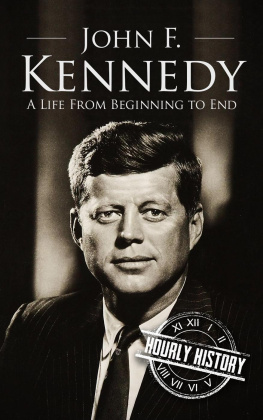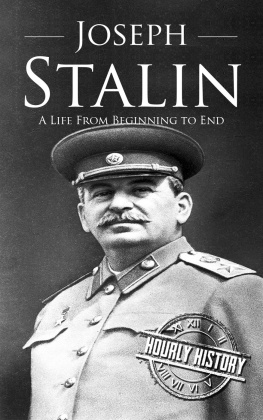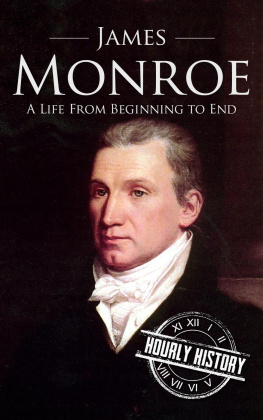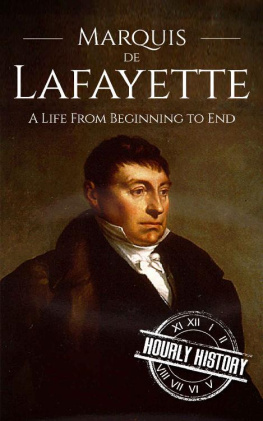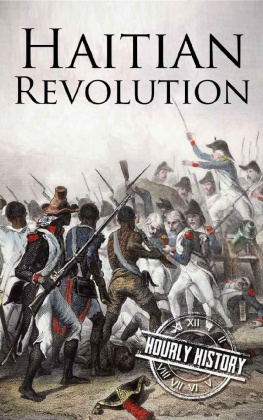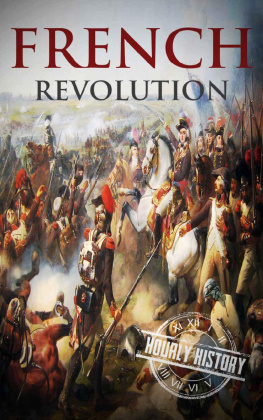Introduction
W ith so many demands on our time, often we forget how precious it is until its almost gone. Are we doomed by the inherent nature of time and our concerns about catastrophes that we inherited as humans? We may desperately attempt to understand the concept of god, sacrifice, and adhering to a path that might avoid impending doom. With so many reminders in life that our experiences on this planet are temporary, often we engage in wondering about what kind of mark we will leave behind. At least our memories absorb our experience as we reflect on our countdown, expectations, and circumstances, right?
However, what if you knew the world might end sooner than you would like? What impression are we making on our communities or in our personal or professional lives?
The Aztecs are considered the last of the ancient Mexican civilizations. They lived large, unsubtle lives, grappling with the subtleties of life even if much of their plan was written in the stars, and they anguished over the temporariness of their world.
Today, we beat ourselves up in our modern societies as we wonder, where did the time go ? We might become spiritual. Alternatively, we start making up for lost time and making the kinds of sacrifices that we expect of others, but ourselves seem challenged by. As our hourglass empties, despite what we go through now or what we have gone through in the past, how do we stand a chance of making sense of our place in the world?
This dilemma may seem unique to us, as uniquely modern as digital communication. It might not surprise you that, in fact, its a universal inquiry that has informed many cultures around the world, including the Aztec people. In the here and now, we might pursue a willingness to take on tasks and challenges that we might have procrastinated about when we consider our bucket lists or worry that life is passing us by. We suddenly find ourselves immersed in what life is really about instead of sitting there overwhelmed with it. We can feel it, although in the process we may wonder if our traditions, practices, and goals define us.
In coming to terms with the why behind what we do with our lives, were tapping into a very long, extraordinary human story.
This story involves gazing into the abyss and reflecting on the temporariness of things, our bodies, relationships, the afterlife, and cultural ways. Moreover, that can be very scary depending on how we look at it. Ancient cultures like the Aztecs looked at temporariness, death interrelating with life and their beliefs in something much bigger than their own individual lives. They let this guide their daily lives and their decisions. Some might criticize some of the ways that they handled their fears associated with being human and the way they expressed their devotion to their gods, especially how blood and sacrifice filtered into their rituals. Consider how many religions and belief systems import the power of blood into their traditions, their reckonings and the nature of understanding either death or impending doom. Its sometimes worth considering how different their world was and how the past does not always explain the present, even as we find certain links and shedding of practices. We might appreciate stories about Japanese samurai and Aztec warriors, but appreciate they are of the past. Today, we might learn about a tradition that we find questionable from the perspective of being humane and sign a petition to attempt to sway the practitioners in finding a new method of worship and sacrifice.
The processes of human growth are vast, and the potential of seeing ancient cultures as somehow less human is there, but it deprives us of seeing the whole picture. We need not condone or censure it. Others may draw parallels to the fate of many tribes, civilizations, empires, and secret societies. They may try to find explanations for these people, which for no apparently rational reason, followed their hearts. They were subject to the power, cycles of suffering, agony, mercilessness, resorting to violence for moral order, and a self-image that determined that the worlds very existence hinged on human deeds. That, we might understand.
Right here and right now, were applying ourselves to our tasks and if only we can revel in all of our accomplishments. At times, we wonder whose praise we seek in our pursuits. Sometimes, were doing it for our own sense of accomplishments. Other times, its to show off our god-given talents and to prove our faith helps us achieve our goals. The Aztec Empire, with their deeply-ingrained cultural practices, were also dealing with the reality of their times and were not just shaped by traditions and practices. Even though the records show that they worshiped the sun and were in tune with their universe, they were developing a civilization way before their introduction to the Old World.
In developing an understanding of the Aztec culture, this book sets out to point out some of the complexities of their empire. It considers various perspectives on various attributes. It will look at the philosophies that shaped their view of the world. It will also explore their Nahuatl roots and popular misconceptions, medical knowledge, the extent of their trade networks, their rulers, and discussions about their origins and collapse. It will fascinate you as we consider aspects of their society that will help you build a cultural awareness of the Aztec existence. In the meantime, be sure to keep in mind the nature of their way of escaping the misery and temporariness in life, and consider it as a student of cultural anthropology. While the human story embraces different practices guided by our emotional journeys and beliefs, there is a tendency to potentially dismiss histories that may challenge our sensibilities or raise deep questions. Every step of the way, we can witness their concept of god and what guided their expansion and daily lives. They had very real concerns about how the world might end and their role in making sure that didnt happen if they had anything to do with saving themselves from the possibility of destruction.
How the Aztecs Are Portrayed and How Their History Survives
I f youre keeping up on the current portrayals of Mexicans and by extension those who may be drawn to their Aztec roots in the media, you may have recently seen a controversy brewing in Texas. The controversy centers around an image on the cover of a Texas textbook that teaches Mexican-American heritage. The image depicts an Aztec Dance Look and features a bare-chested man with an elaborate headdress. The content has been criticized as characterizing Mexican-Americans in a racist way and conflating the history of Mexico with that of Mexican-Americans, since the cover image is in no way reflective of todays Mexican-Americans.
It also negatively depicts the Chicano movement of the civil rights era for its activism as separatist in nature, when they were seeking their own empowerment within the American community at large. Instead of celebrating the need for a group to claim its roots and stand proudly wherever they may be, stereotypes glaze over the real intentions of people who reclaim their own pasts. In reality, and with cultural sensitivity, the Chicano movement distinguishes itself from Mexican roots by tapping into the very cultures that lived in the Mexican territories and the southwestern US territories before Mexico existed. Chicanos consider themselves Olmec, Mayan, Toltec, Aztec, and various indigenous people.



